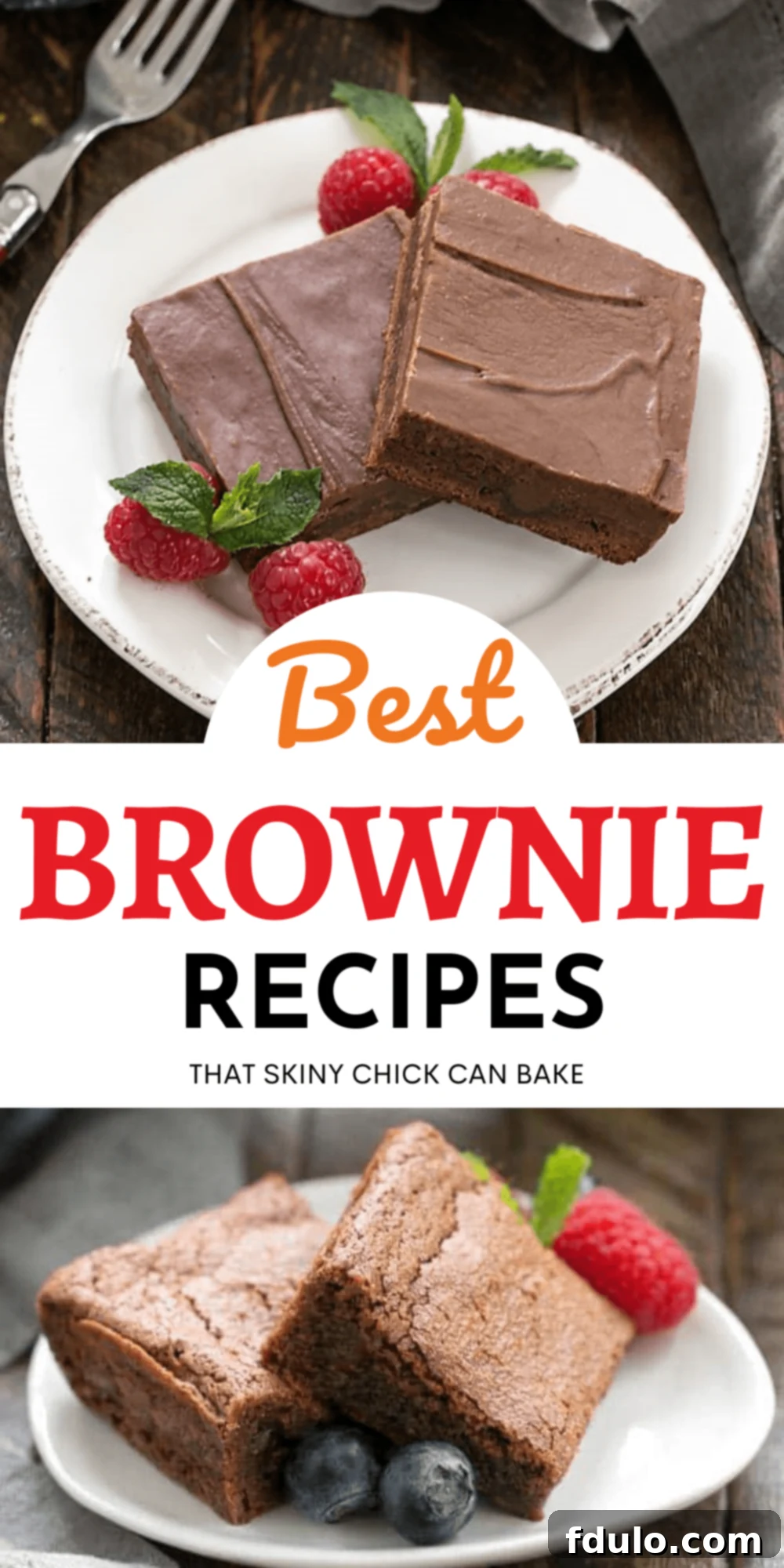The Ultimate Guide to Baking Perfect Brownies: Recipes & Expert Tips for Every Craving
Welcome to your comprehensive resource for mastering the art of brownie baking! Whether you’re a seasoned baker or just starting your culinary journey, this guide will equip you with all the knowledge and the best brownie recipes to create delectable treats that will impress everyone. From the simplest one-bowl wonders to sophisticated gourmet variations, having a diverse repertoire of brownie recipes is a true delight.

What’s Your Favorite Type of Brownie? Unveiling the Perfect Texture
Brownies come in a delightful spectrum of textures, each offering a unique experience. Do you find yourself drawn to the dense, rich chewiness of a fudgy brownie? Or perhaps you prefer the tender crumb of a cakey brownie, reminiscent of a dense chocolate cake? Maybe your palate craves something more decadent, a special gourmet creation loaded with unique flavors and toppings. For many, any brownie is a good brownie, but understanding the nuances can help you bake your absolute favorite.
I’m firmly on “Team Fudgy” when it comes to brownies, relishing that intensely gooey, melt-in-your-mouth chocolate experience. If you share my preference, or simply want to understand the science behind achieving specific textures, dive into my expert tips below. We’ll explore everything you need to know about how to make brownies that perfectly match your craving, every single time.
How to Make Brownies: A Step-by-Step Guide to Baking Success
Baking brownies can be a straightforward and rewarding process, but a little attention to detail can elevate your results from good to exceptional. Follow these comprehensive steps to ensure your brownies turn out perfectly:
- Select Your Recipe Carefully: Begin by choosing a recipe that aligns with your desired brownie type—fudgy, cakey, or chewy. Consider the ingredients you have on hand and your comfort level with the complexity of the instructions.
- Read Thoroughly and Prepare: Before you even reach for a bowl, read the entire recipe from start to finish. This crucial step helps you understand the process, identify any special equipment, and confirm you have all necessary ingredients. Making a shopping list beforehand will save you time and prevent mid-bake surprises.
- Bring Ingredients to Room Temperature: Unless explicitly stated otherwise, ingredients like eggs, butter (if not melted), cream cheese, and sour cream should be at room temperature. This allows them to emulsify and combine more smoothly with other ingredients, creating a more uniform and stable batter. Cold ingredients can cause the batter to seize or curdle, resulting in a less smooth texture.
- Preheat Your Oven Accurately: Always preheat your oven fully before placing your brownie pan inside. An accurately preheated oven ensures even baking from the start, preventing the brownies from cooking unevenly or developing a tough texture due to fluctuating temperatures. An oven thermometer can be a valuable tool to verify accuracy.
- Prepare Your Baking Pan: Properly preparing your pan is essential for easy removal and clean slices. Grease and flour the pan, or for a seamless release, line it with parchment paper or nonstick foil, leaving an overhang on the sides to create “slings.” This method is a game-changer for lifting cooled brownies out of the pan without sticking.
- Mise en Place – Prep Your Ingredients: Take the time to measure and prepare all your ingredients before you start mixing. This means toasting nuts, chopping chocolate, melting butter, and sifting dry ingredients as needed. This organized approach, known as “mise en place,” makes the baking process smoother and more enjoyable, reducing stress and errors.
- Mix According to Method: Follow the recipe’s mixing instructions precisely. Some recipes call for creaming butter and sugar, which incorporates air for a lighter, cake-like texture. Others use melted butter, contributing to a denser, fudgier result. Whether mixing by hand or with a stand mixer, always avoid overmixing, especially after flour is added.
- Fold in Dry Ingredients Gently: When adding flour and other dry ingredients, mix just until combined. Overmixing at this stage develops gluten, which can lead to tough, rubbery brownies instead of tender ones. Use a folding technique to incorporate the flour without overworking the batter, preserving a delicate texture.
- Transfer Batter Evenly: Scrape the brownie batter from the bowl into your prepared baking dish, spreading it evenly with an offset spatula. An even layer ensures consistent baking throughout the pan, preventing some parts from being undercooked while others are overdone.
- Bake as Directed: Place the pan in the preheated oven and bake for the time specified in the recipe. Avoid opening the oven door frequently, as this can cause temperature fluctuations and affect the brownies’ rise and texture. Set a timer and trust the process.
- Check for Doneness: Brownies are often done when a toothpick inserted near the center comes out with moist crumbs attached, but not wet batter. For fudgier brownies, a few gooey crumbs are ideal; for cakey ones, it should be cleaner. Remember, brownies continue to cook slightly from residual heat after being removed from the oven, so it’s better to slightly underbake than overbake.
- Cool Completely Before Frosting or Slicing: This step requires patience but is non-negotiable for the best results. Allow brownies to cool completely on a wire rack for at least 2-3 hours, or even longer. Attempting to frost or slice warm brownies will result in a messy, crumbling disaster. Cooling allows the brownies to set, firm up, and become easier to handle and cut cleanly.
- Slice and Indulge!: Once thoroughly cooled, slice your brownies using a sharp, hot knife (see expert tips for this technique below). Now, it’s time to savor your perfectly baked homemade treat!
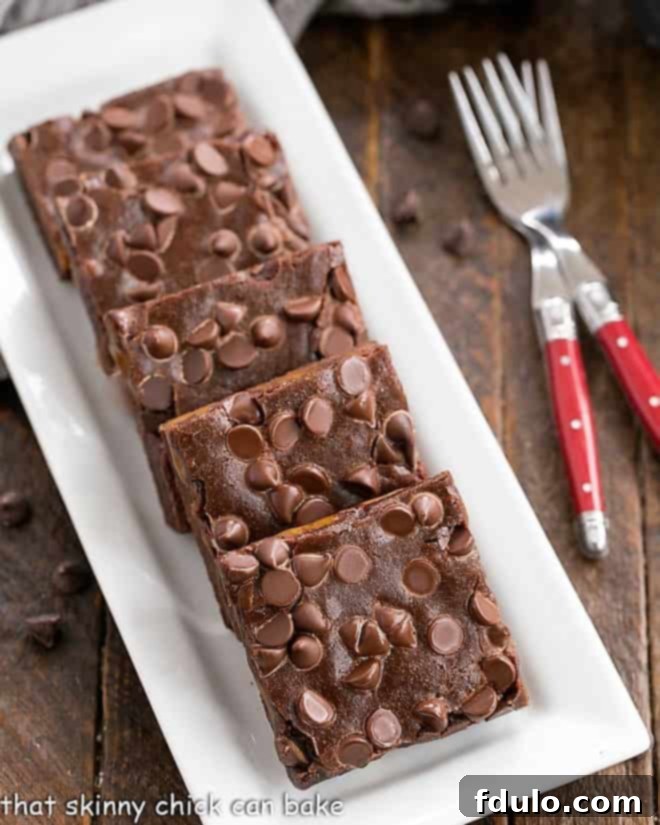
Expert Tips for Baking the Best Brownies Every Time
Achieving the “perfect” brownie depends on your personal preference for fudgy, cakey, or chewy. Regardless of your ideal texture, these expert tips will help you bake superior brownies:
- Read and Re-Read the Recipe: This cannot be stressed enough. A thorough read-through prevents mistakes and ensures you have all ingredients and equipment. Visualize each step before you begin, understanding the progression of the recipe.
- Master Pan Preparation: Instead of just greasing or greasing and flouring, elevate your pan prep. PRO-Tip: Line your baking pan with parchment paper or nonstick foil, extending the paper/foil over the sides by a few inches. This creates a convenient “sling” that allows you to effortlessly lift the entire slab of cooled brownies out of the pan onto a cutting board. Not only does it prevent sticking, but it also makes slicing much easier and cleaner, preserving perfect edges.
- Check Your Leavening Agents: Especially for cakey brownies that rely on a leavening lift, fresh baking powder is key. PRO-Tip: Baking powder can lose its potency over time, often expiring before you finish the container. To check if it’s still active, spoon about half a teaspoon into a cup of very hot water. If it fizzes vigorously, it’s good to go. If not, replace it to ensure your brownies rise properly and achieve the desired texture.
- Understand Baking Powder vs. Baking Soda: For novice bakers, it’s crucial to know these are not interchangeable. PRO-Tip: Baking powder is a complete leavener (contains both an acid and a base), activated by liquid and heat. Baking soda, however, is a pure base and requires an acidic ingredient in the batter (like buttermilk, brown sugar, or cocoa powder) to activate and produce carbon dioxide bubbles. Using the wrong one or substituting incorrectly will drastically alter your brownie’s texture, rise, and even flavor. Always check your labels carefully.
- Ensure Room Temperature Ingredients: Eggs, butter (if not melted), sour cream, and cream cheese should be at room temperature. This allows them to form a smooth, homogenous emulsion with other ingredients, creating a perfectly blended batter and a consistent, tender texture in your final brownie. Cold ingredients can cause the batter to become lumpy or uneven.
- Don’t Overmix the Batter: Once you add the dry ingredients, mix just until they are incorporated and no streaks of flour remain. Overmixing develops the gluten in the flour, which can result in tough, rubbery brownies with a dense, undesirable chew. A gentle hand and minimal mixing are best for a tender crumb.
- Avoid Overbaking at All Costs: This is arguably the most common mistake, particularly for fudgy brownies. Overbaked brownies, especially those intended to be fudgy, will turn dry and cakey. Start checking for doneness a few minutes before the minimum bake time listed in the recipe. Remember, residual heat will continue to cook them slightly after they come out of the oven, so it’s better to remove them when they look just slightly underdone in the center.
- Invest in Quality Ingredients: The quality of your chocolate, butter, and cocoa powder significantly impacts the final flavor. Use good-quality chocolate (baking bars or chips with a high cocoa percentage) and real butter for the richest, most decadent taste. These premium ingredients make a noticeable difference in the finished product.
- Chill for Cleaner Slices: For perfectly neat and tidy squares, allow your brownies to cool completely at room temperature, then cover and chill them in the refrigerator for at least 30 minutes, or even an hour. Cold brownies are much firmer, making them significantly easier to cut cleanly without crumbling or smudging.
- Use a Hot, Clean Knife for Slicing: Once chilled, lift the brownies onto a sturdy cutting board. PRO-Tip: To achieve super clean cuts, use a large, sharp chef’s knife. Run the blade under very hot water for a few seconds, then wipe it completely dry. Slice through the brownies, pressing down firmly rather than sawing. After each cut, wipe the blade clean with a damp cloth or re-heat it under hot water to prevent chocolate buildup, which can drag and smear on subsequent slices. For perfectly uniform squares, you can even use a ruler as a guide.
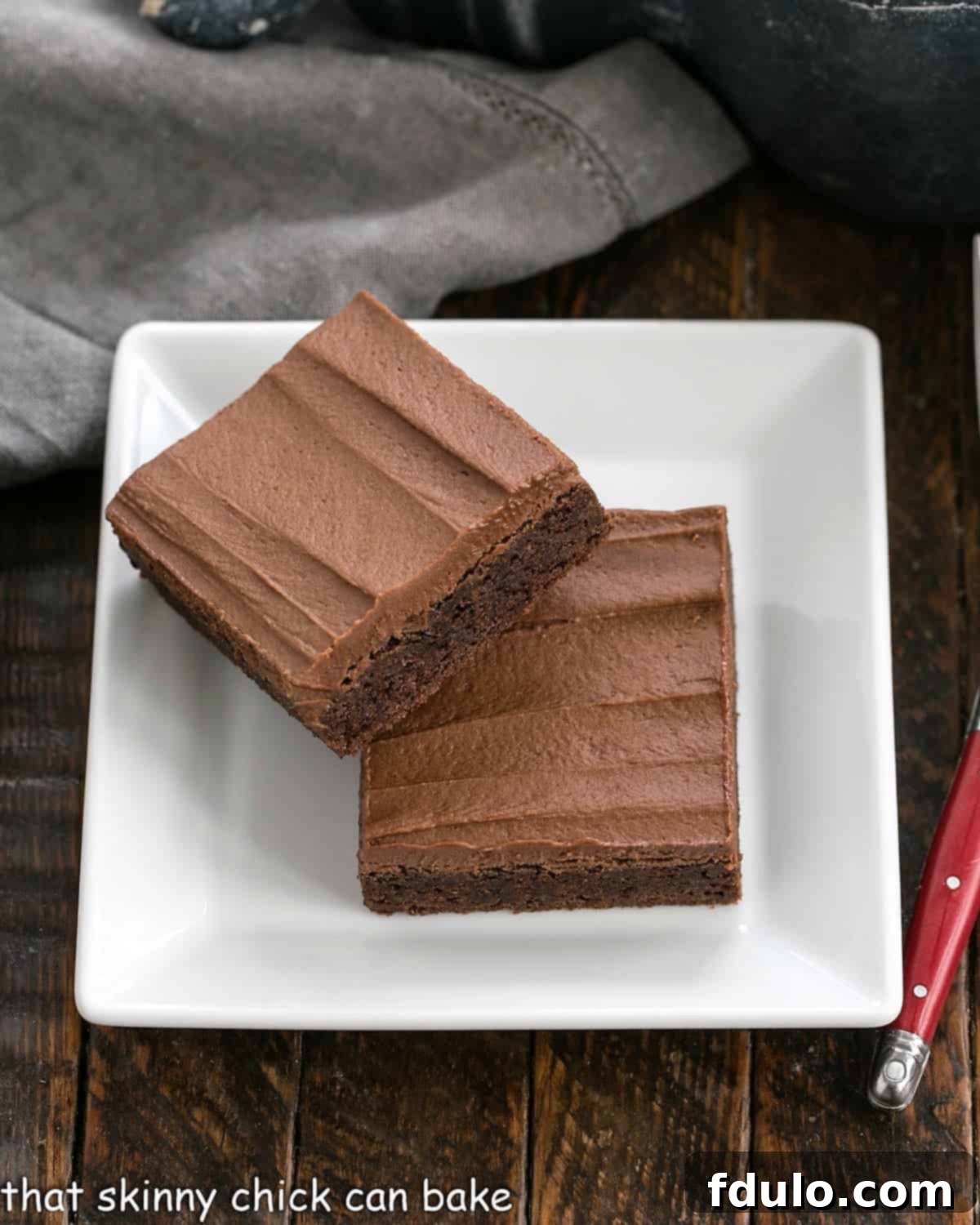
Irresistible Frosted Brownie Recipes
For many, a brownie isn’t complete without a luscious layer of frosting. Whether it’s a classic fudge, a tangy cream cheese, or a smooth ganache, frosting adds an extra dimension of flavor and decadence to your brownies. Here are some top picks for incredible frosted brownie recipes that promise an elevated dessert experience:
- Grinch Brownies with Ganache Frosting from Marathons and Motivation – A fun, festive twist perfect for holidays.
- Fudge Topped Brownies – Classic and utterly delicious, a go-to for chocolate lovers.
- Frosted Brownies Recipe – A simple yet rich recipe for perfectly frosted brownies every time.
- Chocolate Syrup Brownies – Surprisingly simple, deeply flavorful, and incredibly moist.
- Ganache-Topped Cosmic Brownies – An homage to a childhood favorite, elevated with luxurious ganache.

The Best Fudgy Brownie Recipes for Ultimate Indulgence
For those who crave an intensely moist, dense, and almost gooey interior, fudgy brownies are the holy grail. These recipes prioritize richness and a melt-in-your-mouth texture, often achieved through higher fat content, specific chocolate types, and particular mixing techniques. Prepare for pure chocolate bliss with these top-rated fudgy brownie recipes:
- Quick and Easy Brownies from The Melrose Family – Speedy satisfaction for a spontaneous craving.
- Smore’s Brownies from Crayons and Cravings – A campfire classic reimagined in fudgy brownie form.
- The Best Brownies in the World from Cravings of a Lunatic – A bold claim backed by deliciously fudgy results.
- Chocolate Brownie Tart – An elegant and decadent twist on a favorite dessert.
- Chocolate Glazed Walnut Brownies – A classic combination of nutty crunch and fudgy delight.
- Simple Fudgy Brownies – Straightforward and incredibly satisfying for a reliable fudgy treat.
- David Lebovitz’s Best Fudgy Brownies – A revered recipe from a culinary master, promising deep chocolate flavor.
- Truffle Brownies – Decadently rich, with a texture so dense it’s almost like a chocolate truffle.
- One Bowl Fudgy Brownies – Minimal cleanup for maximum enjoyment, perfect for busy bakers.
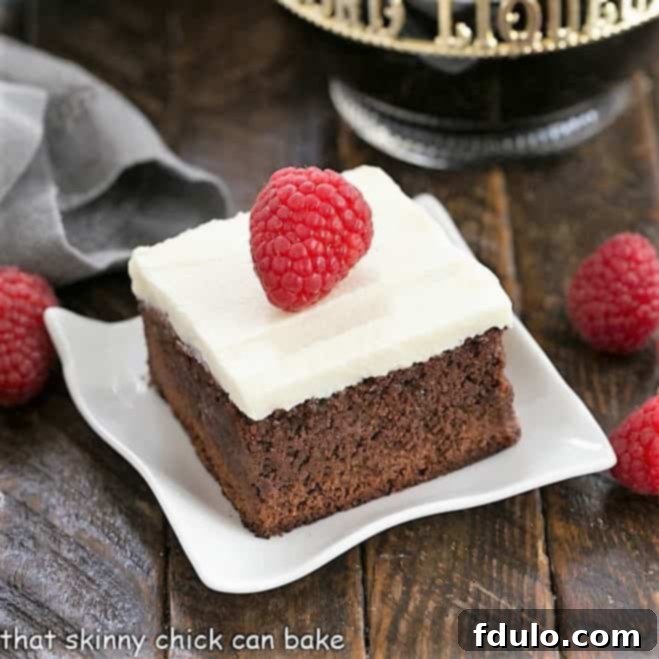
Delightful Cakey Brownie Recipes for a Lighter Touch
If you prefer a brownie that’s lighter, softer, and more akin to a rich chocolate cake, then cakey brownies are for you. These recipes typically feature a higher flour-to-fat ratio and often include a leavening agent to give them that characteristic airy, yet dense, crumb. Cakey brownies are perfect for those who enjoy a less intense, yet still deeply satisfying, chocolate experience. Explore these fantastic cakey brownie recipes:
- Classic Cakey Brownies from Cupcake Project – The quintessential cakey experience, perfectly balanced.
- Double Dark Chocolate Brownies from The Noshery – Deep chocolate flavor with a tender, cakey texture.
- Birthday Brownies from Snappy Gourmet – Fun and festive, ideal for any celebration.
- Homemade Brownies from All Things Mama – A comforting, classic recipe that tastes just like grandma used to make.
- Raspberry Chambord Brownies – Cakey and infused with elegant fruit liqueur, a sophisticated twist.

Intriguing and Unique Brownie Recipes to Impress
Beyond the classic fudgy and cakey, there’s a world of innovative brownie recipes that incorporate unexpected flavors, textures, and even other desserts. These unique creations are perfect for shaking up your baking routine and offering something truly special to friends and family. Get ready to explore new dimensions of brownie deliciousness:
- Peanut Butter Truffle Brownies – A heavenly combination of rich chocolate and creamy peanut butter truffle.
- Ricotta Cheesecake Brownies – A creamy, tangy ricotta swirl elevates the classic brownie to new heights.
- Turtle Brownies – Caramel, pecans, and chocolate in one irresistible bite, reminiscent of the popular candy.
- Milky Way Brownies – Inspired by the beloved candy bar, these brownies are filled with gooey caramel and nougat.
- Red Velvet Brownies – The vibrant color and subtle tang of red velvet captured in a moist brownie form, often with a cream cheese frosting.
- German Chocolate Brownies – All the iconic flavors of German chocolate cake—coconut, pecans, and rich chocolate—baked into a decadent brownie.
- Fudgy Skillet Brownie – Perfect for sharing, served warm right out of the skillet with a scoop of vanilla ice cream!
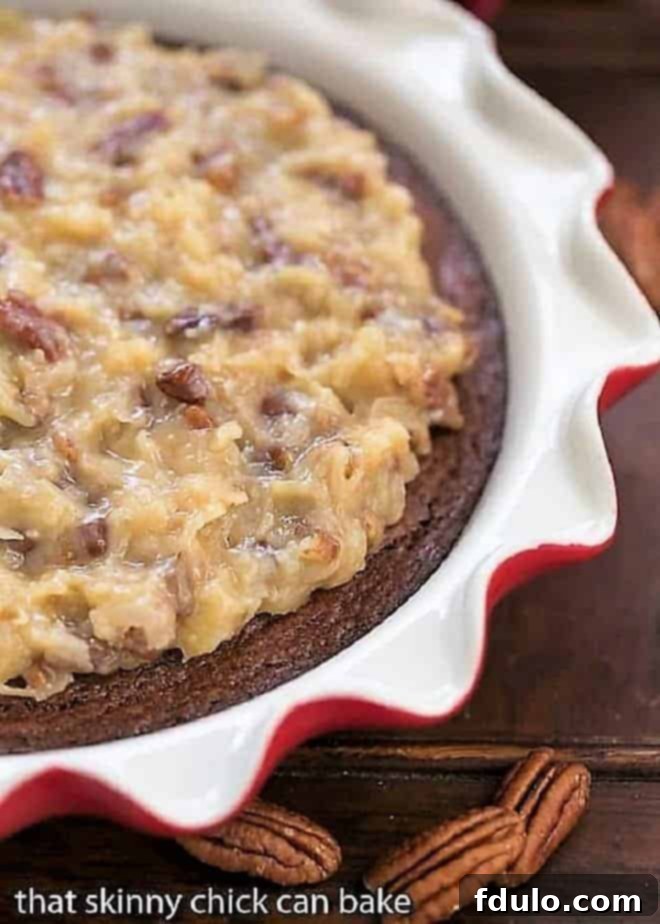
More Delicious Brownie & Brownie-Inspired Recipes
The world of brownies extends far beyond traditional squares. From seasonal variations to innovative desserts that borrow the brownie’s beloved characteristics, there’s always something new to try. Here’s a collection of other wonderful brownie recipes and brownie-inspired treats that you’ll want to add to your baking list:
- Pumpkin Cream Cheese Brownies from Lana’s Cooking – A delightful seasonal treat with a creamy, spiced swirl.
- Chocolate Brownie Cake from Play Party Plan – When you can’t decide between a rich chocolate cake and dense brownies, have both!
- Pumpkin Brownies from Berly’s Kitchen – Another autumnal favorite, infusing warm spices with chocolate.
- Microwave Brownie Mug from Happy Deal, Happy Day – Instant gratification for a single serving craving in minutes.
- Caramel Chocolate Brownies – A luxurious layering of rich chocolate and gooey caramel.
- 20+ Brownie Recipes – A diverse collection to explore for every taste and occasion.
- Plus, explore all my Best Brownie Recipes for even more inspiration, tips, and tricks!
Frequently Asked Questions About Baking Brownies
The distinction between fudgy and cakey brownies lies in a fascinating interplay of food chemistry, primarily revolving around the ratio of fat, flour, and the presence of leavening agents. Fudgy brownies are characterized by a higher fat-to-flour ratio, often utilizing more butter and sometimes extra egg yolks, and critically, contain little to no baking powder. The butter is frequently melted rather than creamed with sugar, which minimizes air incorporation into the batter. This higher fat content, combined with reduced flour and no chemical leavening, results in a dense, moist, and intensely rich chocolate square that’s almost like a solidified fudge, offering that signature gooey, melt-in-your-mouth experience.
On the other hand, Cakey brownies boast a lower fat-to-flour ratio, contain more flour, less butter, and a significant amount of a leavening agent like baking powder. Just like a traditional cake, the sugar is often creamed with butter, a process that incorporates air into the batter. This air, along with the chemical reaction of the baking powder, helps the batter rise during baking, producing a lighter, fluffier, and more open crumb—much like a dense chocolate cake. They are less dense and more tender than their fudgy counterparts and have a more pronounced rise. They often also contain a slightly higher quantity of eggs to further aid in structure.
It’s also worth noting the category of Chewy Brownies, which sit somewhere in between fudgy and cakey, often characterized by a noticeable resistance when bitten. Blondies are similar bar cookies but without the cocoa, achieving their “blonde” color and distinct flavor profile from brown sugar and vanilla, often with various delicious mix-ins.
To achieve that irresistible chewy texture in your brownies, specific ingredient choices and techniques come into play. Many recipes for chewy brownies incorporate vegetable oil, either in place of or in addition to butter. The liquid nature of oil contributes to a more tender and pliable crumb, making it a common secret behind the distinct chewiness found in popular box brownie mixes. Oil also helps prevent the development of too much gluten, which can make brownies tough rather than chewy.
Additionally, replacing some or all of the white granulated sugar with brown sugar is a powerful technique. Brown sugar is hygroscopic (attracts and retains moisture due to its molasses content) and contributes to moisture and a chewier texture by speeding up gluten formation. Some chewy brownie recipes also call for an extra egg (often a whole egg or an additional yolk), as egg proteins contribute to structure and chewiness. The inclusion of two types of chocolate, such as semisweet and unsweetened, can also play a role. The higher proportion of starches in unsweetened chocolate can lead to a slightly stiffer batter and, consequently, a chewier brownie, as observed by baking experts and sugar manufacturers alike. Finally, the baking time is crucial – slightly underbaking can also contribute to a chewier texture.
For optimal brownie baking, metal baking pans are generally preferred over glass. Metal conducts heat more efficiently and evenly, allowing the brownies to bake consistently throughout. This results in edges that are perfectly set and a center that is cooked to perfection without being over-baked. Darker metal pans can even absorb more heat, promoting a slightly crispier edge, which many brownie enthusiasts enjoy.
Glass, on the other hand, acts as an insulator. It heats up slowly and retains heat for a longer period. While this can be beneficial for some dishes like casseroles, for brownies, it often means the edges cook much faster and can become dry or even burnt by the time the center is fully baked. This uneven baking can be frustrating. If you must use a glass pan, consider reducing your oven temperature by 25°F (around 15°C) and closely monitoring the baking time, as it may take longer for the center to cook through. Silicone pans are another option, providing excellent non-stick properties, but they may not always give the same crisp edge as metal.
Achieving clean, professional-looking brownie slices is an art that requires a few simple tricks. First, and perhaps most importantly, ensure your brownies are completely cooled. This allows their structure to set properly. For even neater cuts, cover the cooled brownies and chill them in the refrigerator for at least 30 minutes, or even longer (up to an hour). Cold brownies are firmer and less likely to crumble or stick to the knife, resulting in sharper edges.
Once chilled, carefully remove the entire slab of brownies from the pan—this is where lining the pan with parchment paper or foil with an overhang really shines, as you can simply lift them out. Place the brownies on a sturdy cutting board. Now, for the cutting itself: use a large, sharp chef’s knife. For truly pristine edges, run the knife under very hot water for a few seconds, then wipe it completely dry. Slice through the brownies with a single, firm press rather than a sawing motion, which can drag crumbs. After each cut, wipe the blade clean with a damp cloth or re-heat it under hot water to prevent chocolate buildup, which can drag and smear on subsequent slices. For perfectly uniform squares, you can even use a ruler as a guide, or simply eye it for a more rustic charm. The hot knife method creates a clean, slightly melted edge that sets beautifully.
Proper storage is key to maintaining the delicious texture and flavor of your homemade brownies. Once completely cooled, brownies should be stored in an airtight container at room temperature for up to 3-4 days. This prevents them from drying out and keeps them moist and fresh. For fudgier brownies, some even find they improve slightly on the second day as the flavors meld. If your brownies contain perishable ingredients like cream cheese frosting, fresh fruit, or dairy-based fillings, it’s best to store them in the refrigerator, again in an airtight container, for up to a week. Be aware that refrigeration can sometimes alter the texture, making them a bit firmer. For longer storage, brownies freeze beautifully. Wrap individual brownies or the whole slab tightly in plastic wrap, then again in aluminum foil, and place them in a freezer-safe bag or container. They can be frozen for up to 2-3 months. Thaw them at room temperature or gently warm them in the microwave for a fresh-baked taste.
While baking is a science, some ingredient substitutions are possible, but often with minor or even significant changes to the final product. For example, if a recipe calls for unsalted butter, using salted butter is generally fine, but you might want to slightly reduce any added salt in the recipe to prevent them from becoming too salty. Substituting oil for butter can impact flavor and texture; oil tends to produce chewier, denser brownies with a less complex flavor, while butter offers a richer, more nuanced flavor and contributes to a flakier crust. Cocoa powder can sometimes be swapped for melted chocolate (and vice-versa), but this requires careful adjustments to flour, fat, and sugar ratios due to differences in fat and sugar content. For instance, using cocoa powder instead of melted chocolate usually requires adding more fat and liquid. It’s always best to stick to the original recipe for your first bake to understand its intended outcome, and then experiment with small, calculated changes once you understand the recipe’s dynamics and the role of each ingredient. For successful substitutions, look for reliable guides or conversion charts specific to baking.
Stay connected and share your baking journey with us! Follow us on Instagram, Facebook, and Pinterest. Don’t forget to tag us when you try one of our delicious recipes! If you love the results, please consider leaving a 5-star rating in the recipe card—your feedback helps us create more great content and inspires other home bakers.
